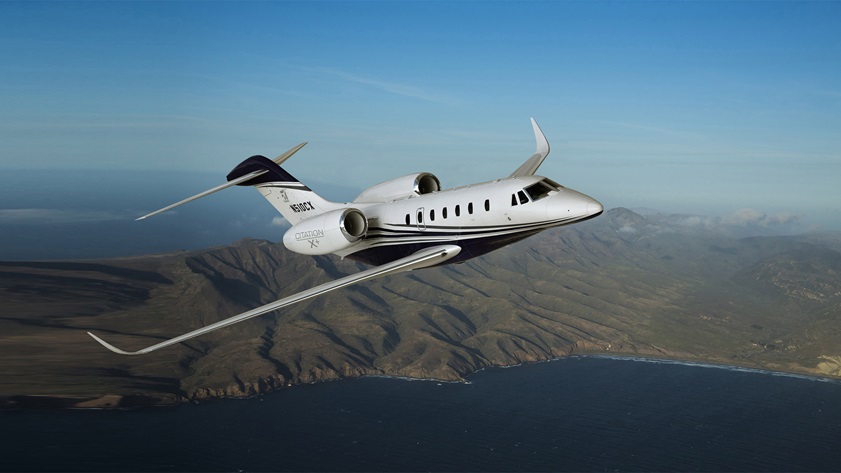Production ceases for Cessna's speed demon
When it first made the scene in 1996, Cessna’s Citation X broke the mold by offering an unapologetic choice to those whose priority was speed—and lots of it. One look at its large 4,500-pounds-thrust Rolls Royce/Allison AE3007C engines and their oversize nacelles broadcast the message: Here’s a 528-knot, 3,450-nautical-mile, 51,000-foot fire-breather for those wanting to cover 3,000 nm with up to eight to nine passengers. With a maximum speed of 0.935 Mach it can cruise deep into the transonic speed range, coming enticingly close to the speed of sound.

The 1996-2013 models came with Honeywell Primus 2000 avionics, but in 2014 the switch was made to Garmin’s G5000 avionics suite, making these Citation X+ models.
But recently the news came that the Citation X’s glow has apparently faded. Since its introduction, the competition has continually challenged the Citation X+, until it reached the point where a mere four airplanes were sold last year.
“This has been expected for some time now,” said Rolland Vincent, creator and director of JetNet IQ, a business aviation marketing and forecasting service. “The airplane never really caught on, and then that lower-$20-million-class market shifted to a larger cabin.
Today’s current competitors in the new marketplace may not be as fast as the X+, but that doesn’t seem to be the priority. Customers appear to prioritize a more comfortable, flat-floor cabin over the promise of speed. The Citation X and X+ have dropped aisles.
In no small way, Textron made its own competition for the X+. It’s the Citation Longitude, which is close to certification. The Longitude, while comparably priced, offers a wider cabin and a slightly longer range than the X and X+. However, the Longitude’s max cruise speed—476 knots—is some 40 knots slower than the X+’s under optimal conditions. “There may come a day when speed may well return as a sales draw in, say, eight to 10 years,” Vincent said. “But in the meantime, the Longitude is well positioned as a X+ replacement, and will take Textron well into the future in that market segment.”



